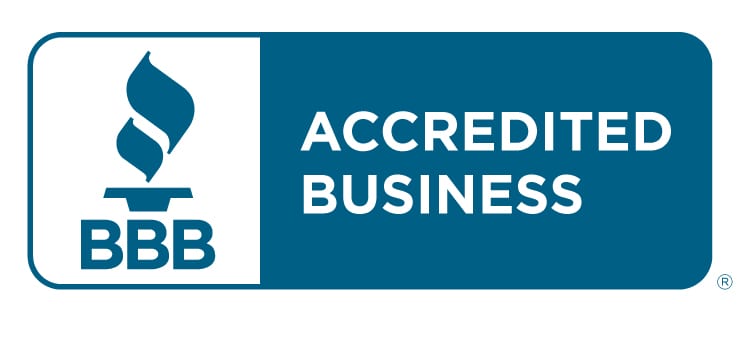
Is Your Marketing Strategy All-Inclusive?
If you’re not considering diversity and inclusion with thoughtfulness and intent, you’re losing out on a big opportunity to connect with your audience. And you might even be losing customers.
Here’s why diversity in marketing matters — and a few action steps to take.
Audiences Want Diversity
Everyone wants to feel like they belong. Yet, many consumers don’t find themselves accurately portrayed in marketing, if they can find themselves there at all.
A majority of Americans (61%) believe that diversity in advertising is important, and 38% say they’re more likely to trust brands that do a good job at it. Likewise, consumers report being more loyal to brands that make a commitment to addressing social inequities.
Now more than ever, diversity has a direct impact on brand reputation. Your audience wants to be represented, and if they’re not, they’ll find somewhere that they are.
Action Steps
- Define what diversity is. Diversity in skin color is a great start but go further than that. True inclusion involves a diversity of disabilities, religion, gender, body types, and all other things that make people unique.
- Walk the walk. Your audience can see through a shallow social justice campaign. Prioritize diversity throughout your organization, including not just your marketing materials but also your company and team.
- Diversify your content. Before greenlighting a piece of marketing content, ask yourself: Is the language inclusive? Are the images diverse? Is the copy human and empathetic? You want people to feel welcome and understood by your ads — not left out.
It’s never too late to bring diversity into your marketing. We can help, so get in touch today for additional guidance and advice.



